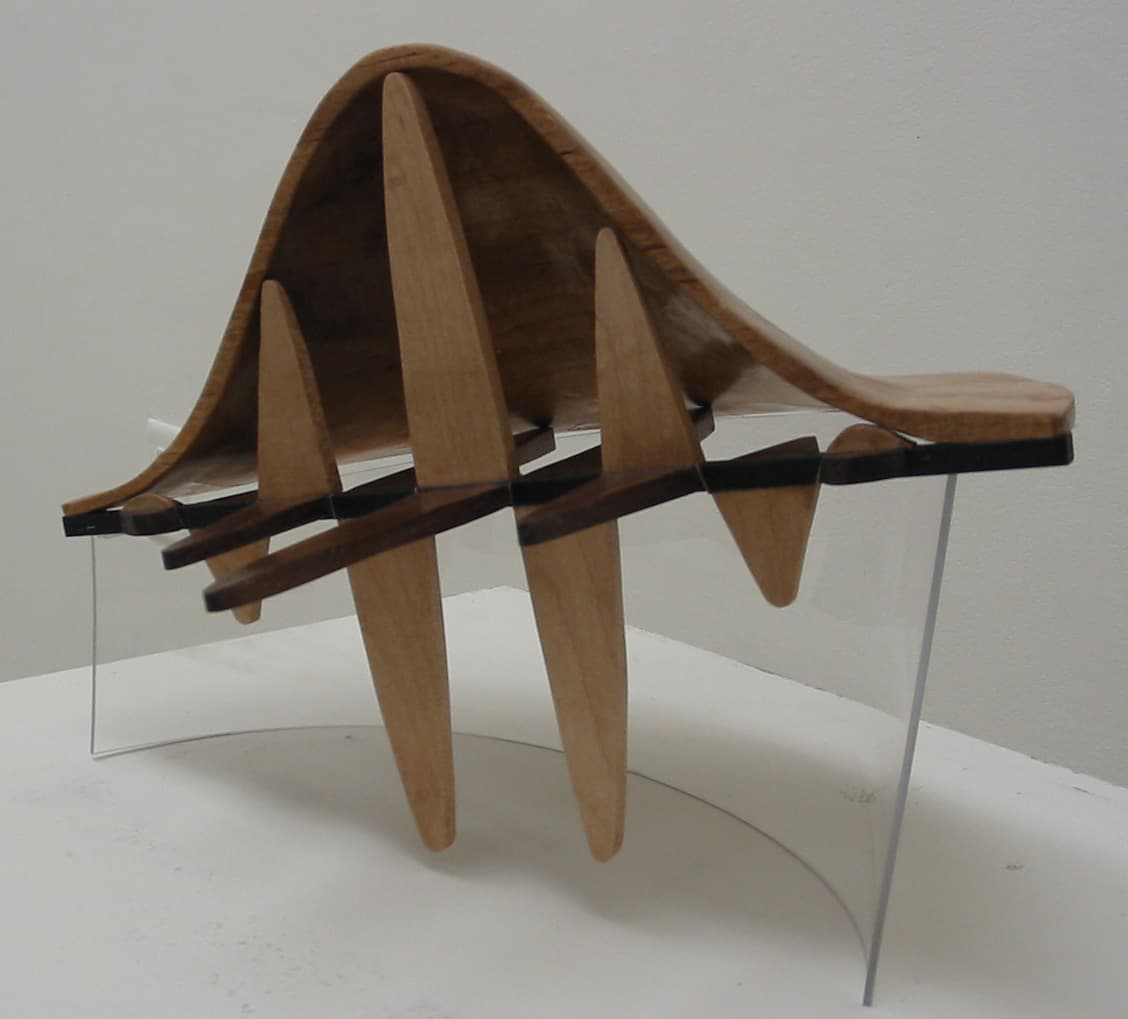2011 Joint Mathematics Meetings
Chet Alexander
Artists
Chet Alexander
Professor Emeritus
Department of Physics and Astronomy, University of Alabama
Tuscaloosa. Alabama
Statement
I am continuing to create sculptures that recognize and appreciate the work of scientists and mathematicians whose remarkable insight has given us many physical and theoretical models of our world. My sculptures represent these models, as well as sculptures of the persons themselves. Previously created sculptures have referenced the work of sixteen different scientists and mathematicians, and I have attempted to make the details of these sculptures as true as possible to the actual physical and theoretical models. Many of the sculptures are based on mathematical calculations, and some require light sources for observation. The media for my sculptures have included wood, bronze, aluminum, brass, copper, Plexiglas, graphite and plaster. I have used the lost-wax method for bronze and aluminum sculptures as well as wood turning and carving and metal joining techniques.
Artworks

Gaussian Wave Packet Sculpture
9" x 11" x 10"
Wood ( birch, walnut, maple, ebony)
2006